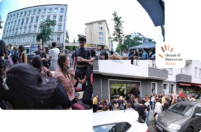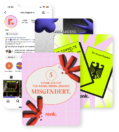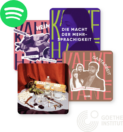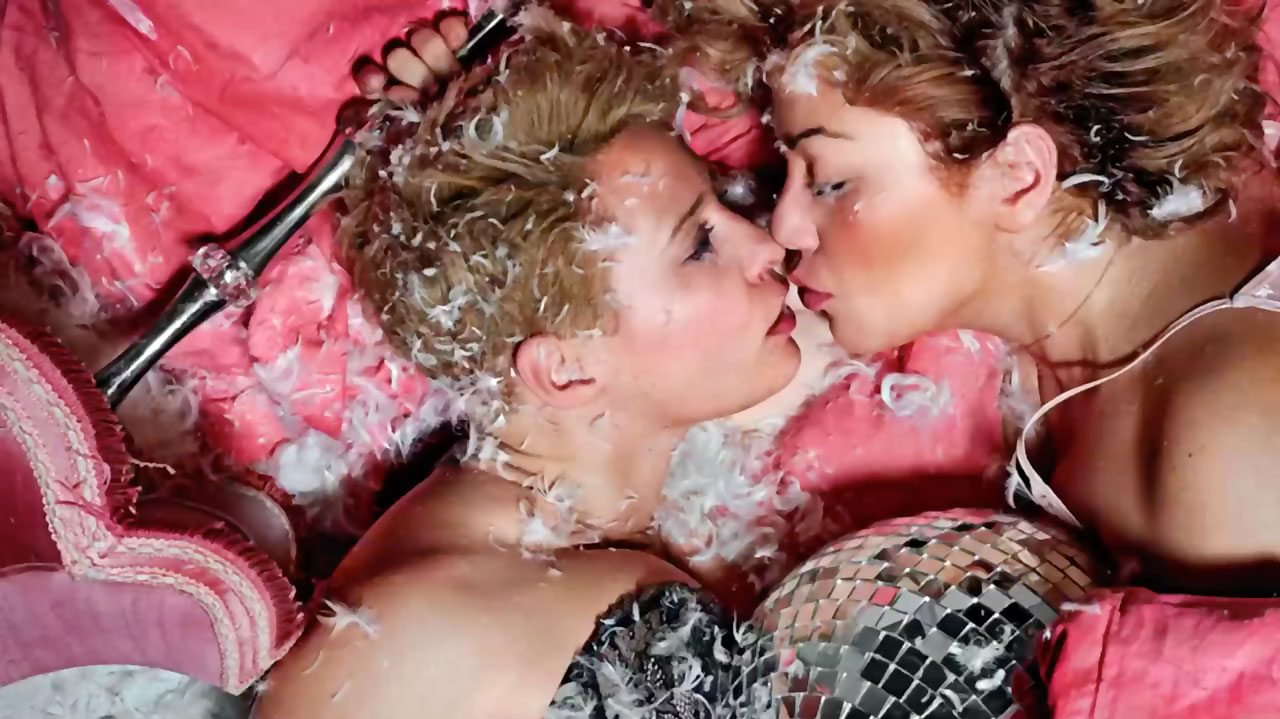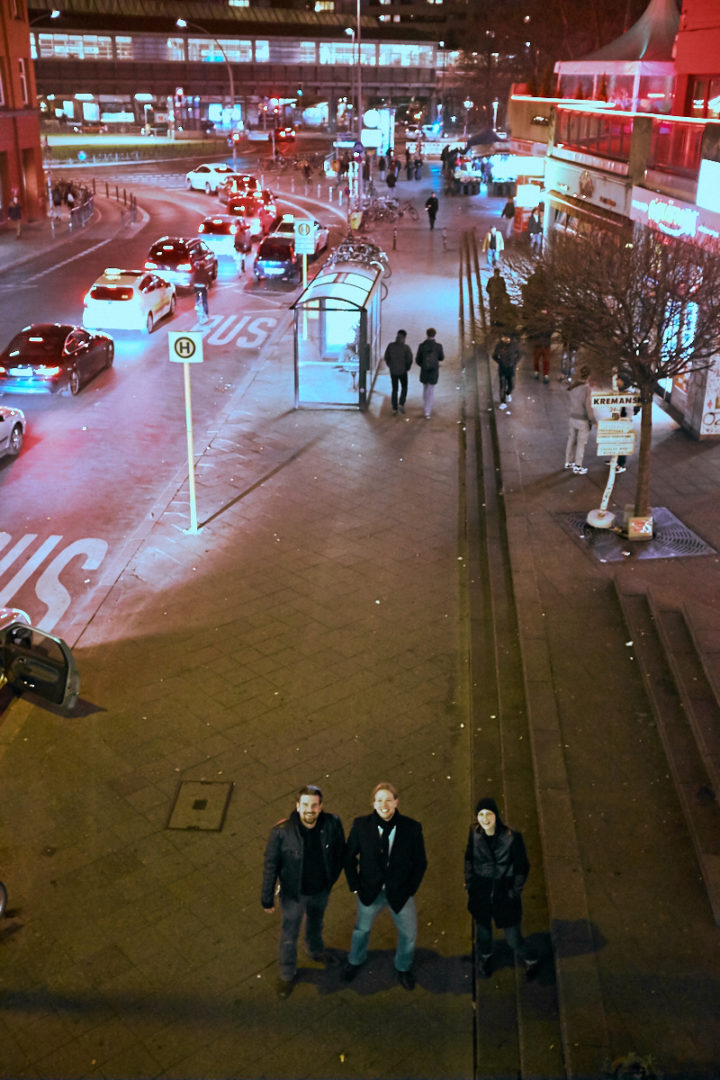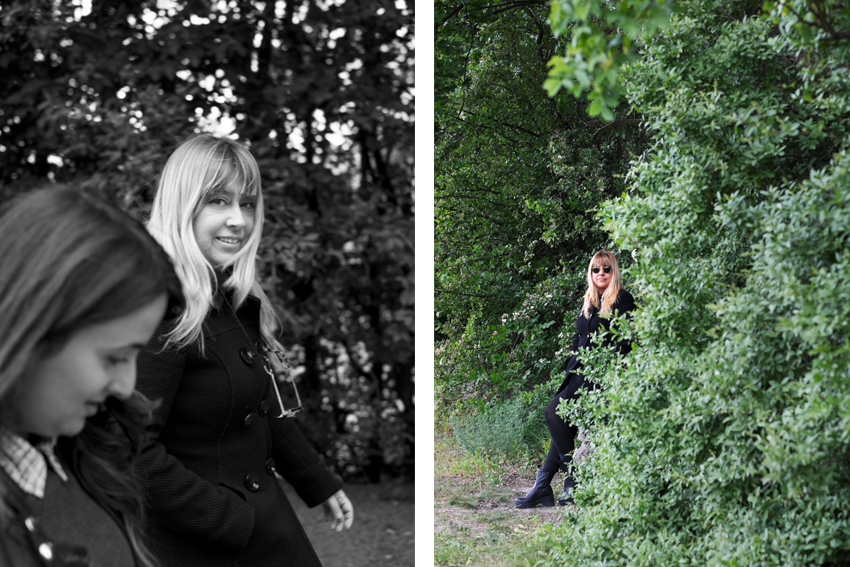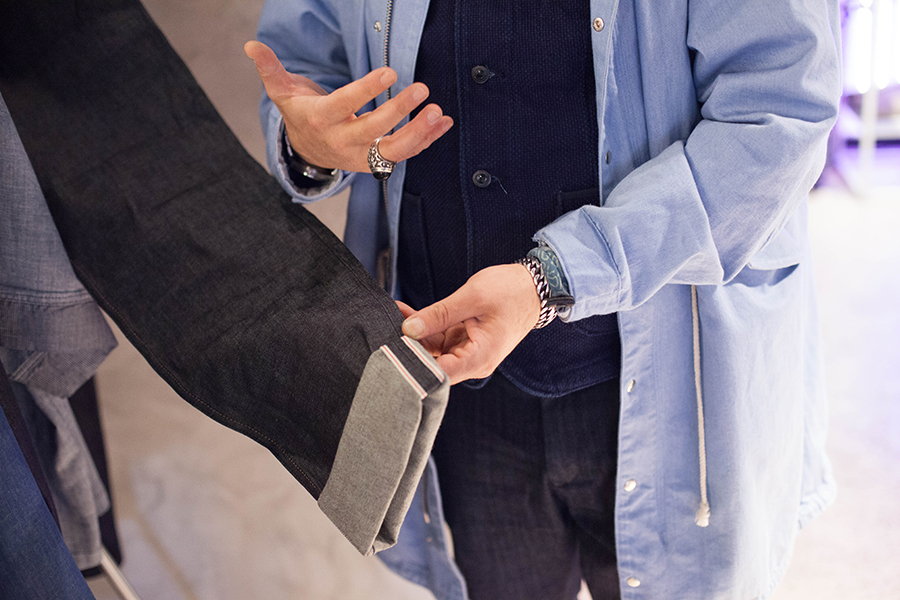The multi award-winning artist Esra Rotthoff was born in 1981 and later studied at the Berlin University of the Arts where she obtained a Ph.D. in Fine Art. In her career so far, she has showed her work at international exhibitions and had her own exhibition »Muse/Flink« in The Empire Project (2013) gallery in Istanbul. At the moment, she is collaborating with the Maxim Gorki Theatre and is the art director of the state theatre, which was voted best theatre of the year. And we had the honour to meet her.
Esra, when you were young you drew more than anything else. How did you discover photography for yourself?
I was already good at drawing as a child. My mother bought me sketchbooks and I had great watercolours. After some time, I discovered all of the visual applications and decided what positives and negatives different modes of expression had. During high school exams, I didn’t spend time revising for exams; rather, I painted in the garden. I knew that there were even more methods of expression. I always took photos, but at the beginning, I wasn’t able to reproduce the pictures that I had in my head very well.
While I was a student, I published a non-profit, glossy magazine with two other women. It was called Berlin Haushoch (engl. Berlin as High as a House – ed.) and portrayed a different neighbourhood of Berlin in each issue. After my studies, I started to take on jobs and to do art direction and then, after I finished the master class in painting, I worked at the UDK with the Ballhaus Naunynstrasse.
How do ideas come to you and how do you implement them in your photographs?
There are many different paths: I have an idea; I want to express something, a feeling, and a statement. I then have this picture in my head. Photography is the way to make this picture visible to others. The process is important – the pictures are only means of evidence. The other path is that I create based on a person, like an artistic collaboration. There is something that I want to discover. A puzzle and I solve it through communication. I am the medium that picks up the story, the feeling, and the narration and translates this into a visual world. The third path is complete anarchy. This is how I mostly work when I travel. Here, work doesn’t follow any plan. It’s like a rough outline, a survey that allows me to recreate my eye.
My photography is often perceived as highly staged; but it tells the story of the whole moment shared between me, the person and the moment that we shared together. So there is a documentary element.
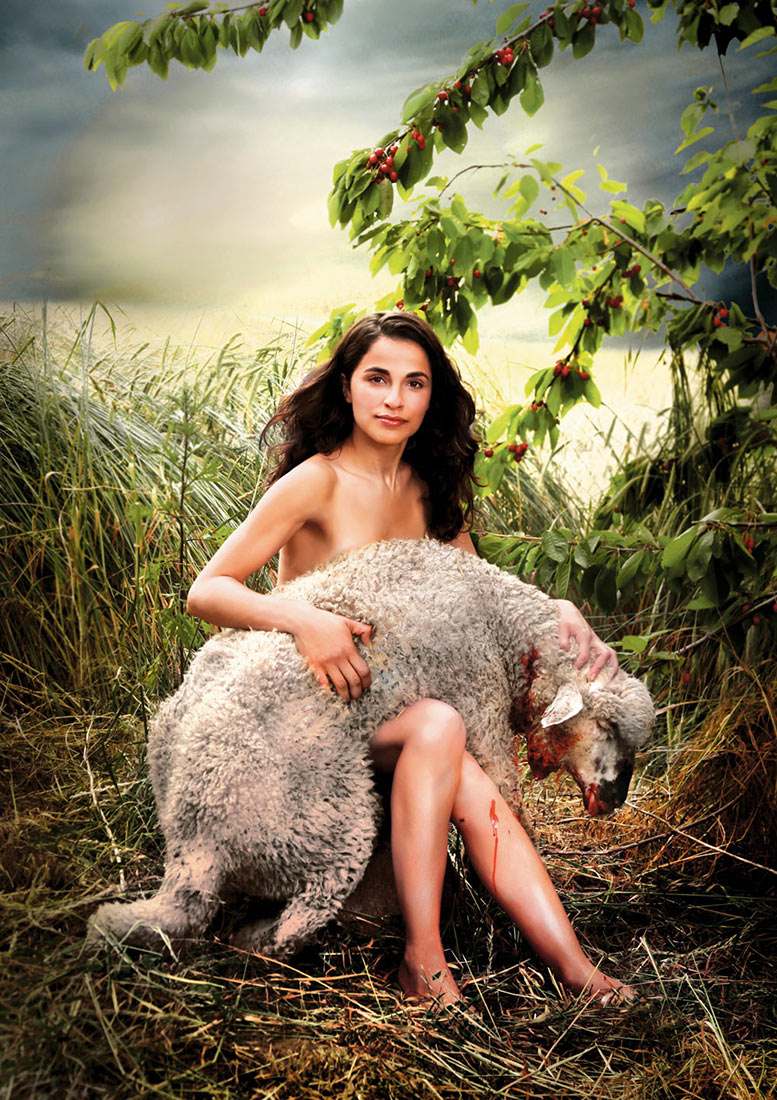
Your pictures are characterized by strong symbolism. A particularly well-known photo is from the photo series »Almancı«: ein nacktes Mädchen, das ein totes, blutendes Lamm auf dem Schoss hält. (engl. Almanci: a naked girl, that is holding a dead and bleeding lamb on her lap – ed.). What did you want to express with this?
I like to work with symbols. For me, it’s not about death or blood or to provoke. It is an allegory for something else. This series is about pictures I carry with me. They arise because of my cultural diversity and difficulties that result from this: for example, how one sees symbols and how one connects different things to different emotions.
For the Almancıfestival, I created a series that is based on the dialogue that goes on inside when two cultures meet. The lamb on the lap of the woman represents sacrifice in one culture and in the other the Lamb of God that should not be slaughtered. It certainly shouldn’t be lying on a naked woman. With this, I am testing cultural boundaries. Moreover, art history does not take the same form in Turkey as it does in Germany. There are no depictions of people. My intention was to restore older pictures and create new icons that bring together the miscelaniousness of cultures.
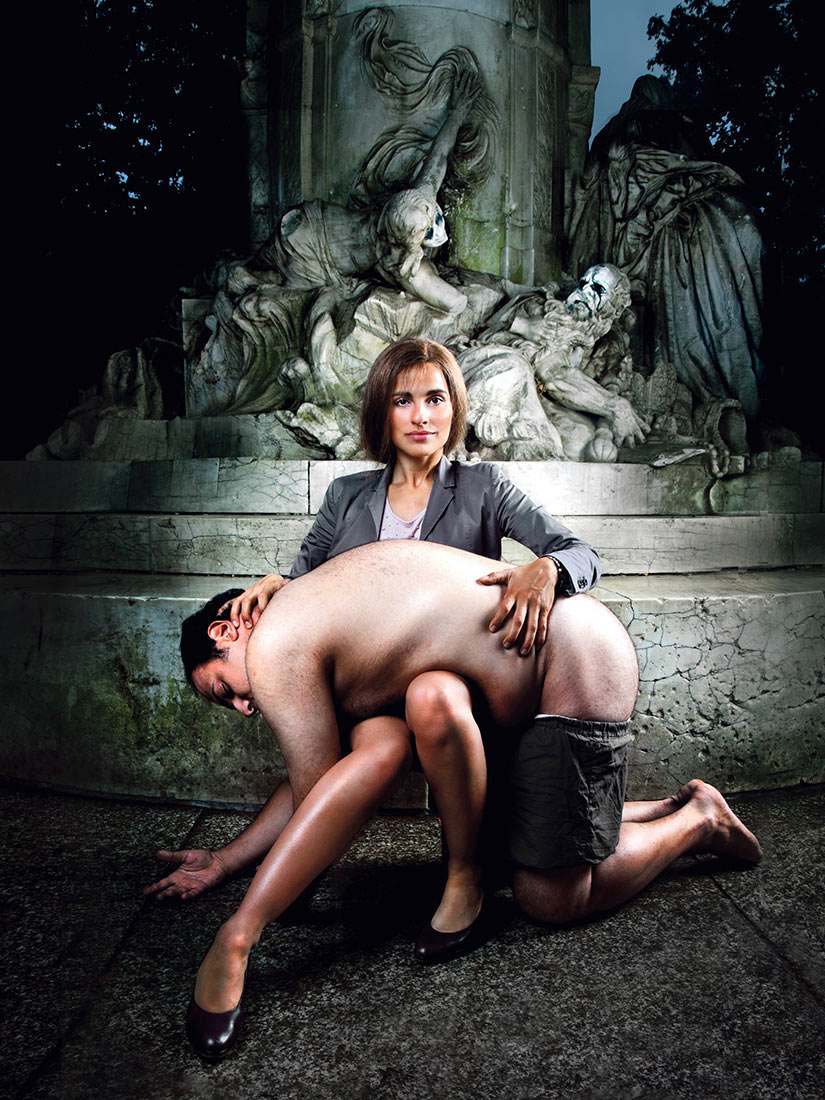
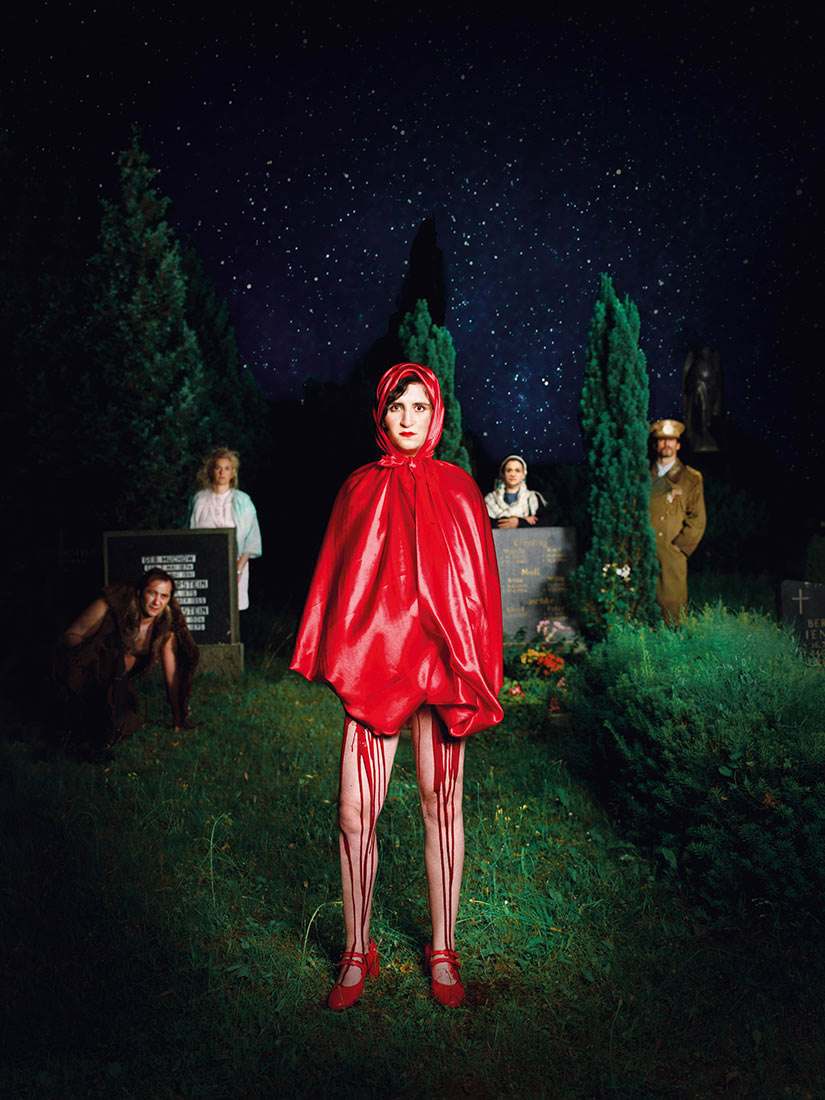
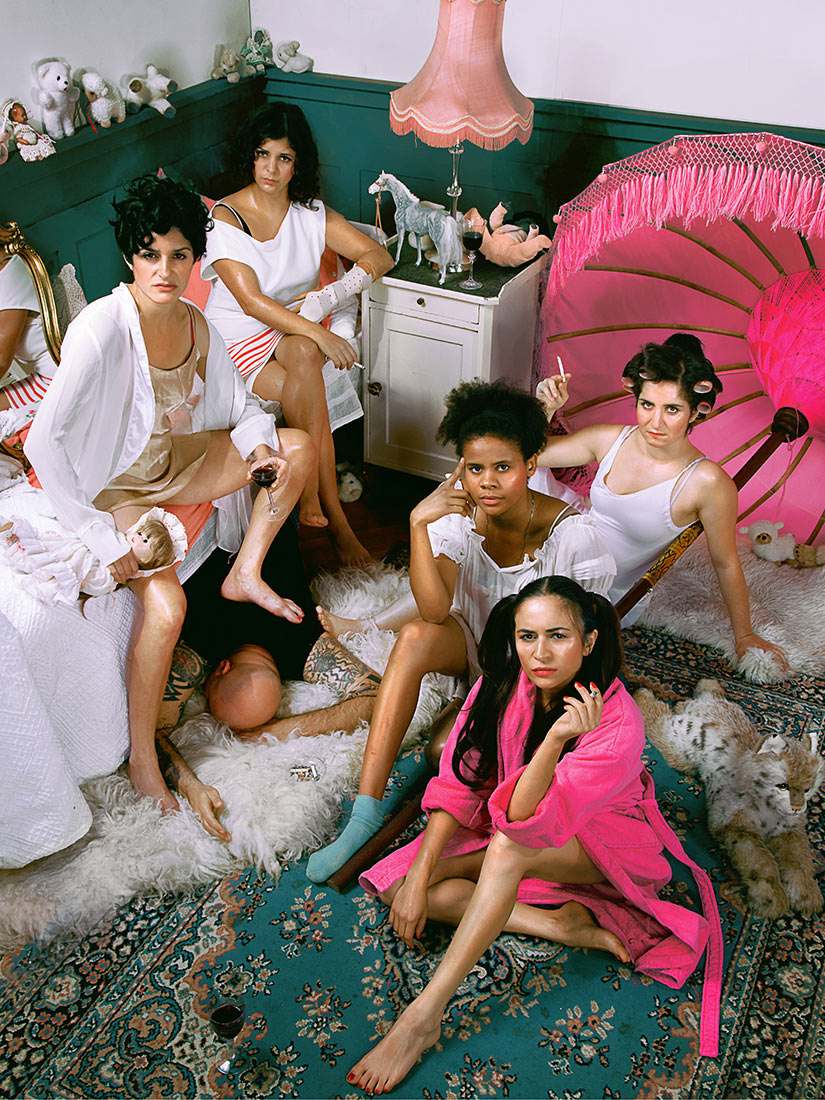
You pursue a very personal aesthetic. How would you describe your style?
The work of an artist is always a reflection of how he or she sees the world. I see the world very beautifully. For me it is about the view itself, not about beauty classically defined. Rather it is about beauty that comes to be through openness. An example is the women in my pictures. They are not objects they are subjects. They have the ability to decide what they do. You can see this in the way they look and their posture. The women are strong and not projected services for questionable fantasies. This is important to me. It is about dialogue that takes place through the pictures. I seduce with beauty and confront with content. This is as the way I work.
You travel a lot. What is the appeal of doing photo projects in other countries?
I always have to be out of my comfort zone. Otherwise, Berlin makes me sluggish. I have already done so much here and I was born and raised here. I need stimuli that challenge me. I want to learn a lot, to understand other cultures, and to connect with them. I believe in change. When I come back from my trips, I experience Berlin in a different way.
In addition to a website, you run a blog where we see a whole different side of your photographic work.
Yes, that is my travel blog that I began last year and that I am working on.
An interesting photo series is »Abra os olhos – Open your eyes«. It is a project that I did in Porto. I came in contact with the president of an organization that gives out food to the homeless. She called me and said: »tonight we are going out and giving out food, do you want to come?« It was important to me that I didn’t take any voyeuristic photos. My concept was that the people who I photographed should close their eyes and wish for something. When they opened their eyes and I pressed the trigger, they still had the wish in their eyes. I portrayed both the homeless and the individuals who were giving out the food. So they are mixed and no one knows who is who.
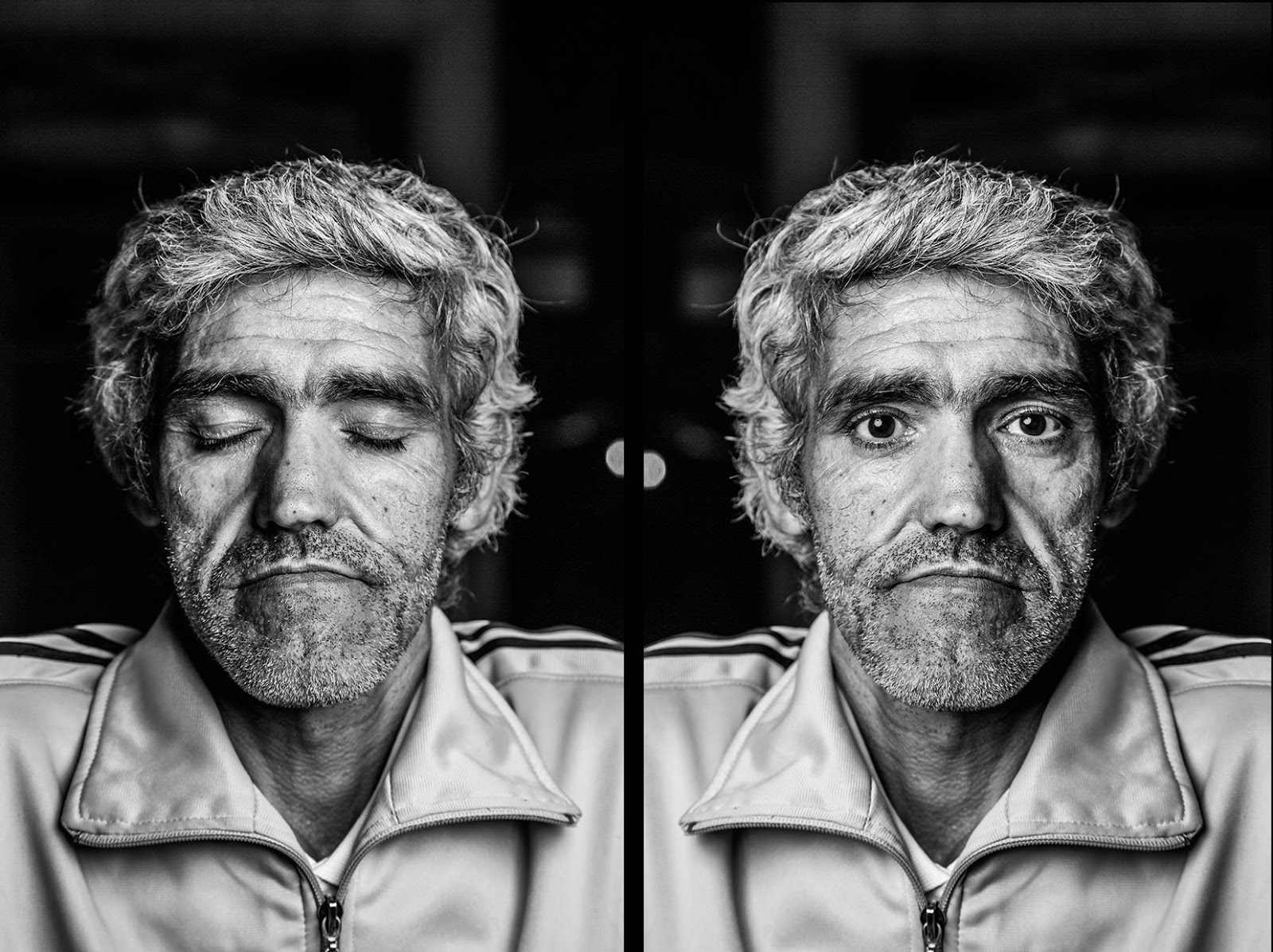
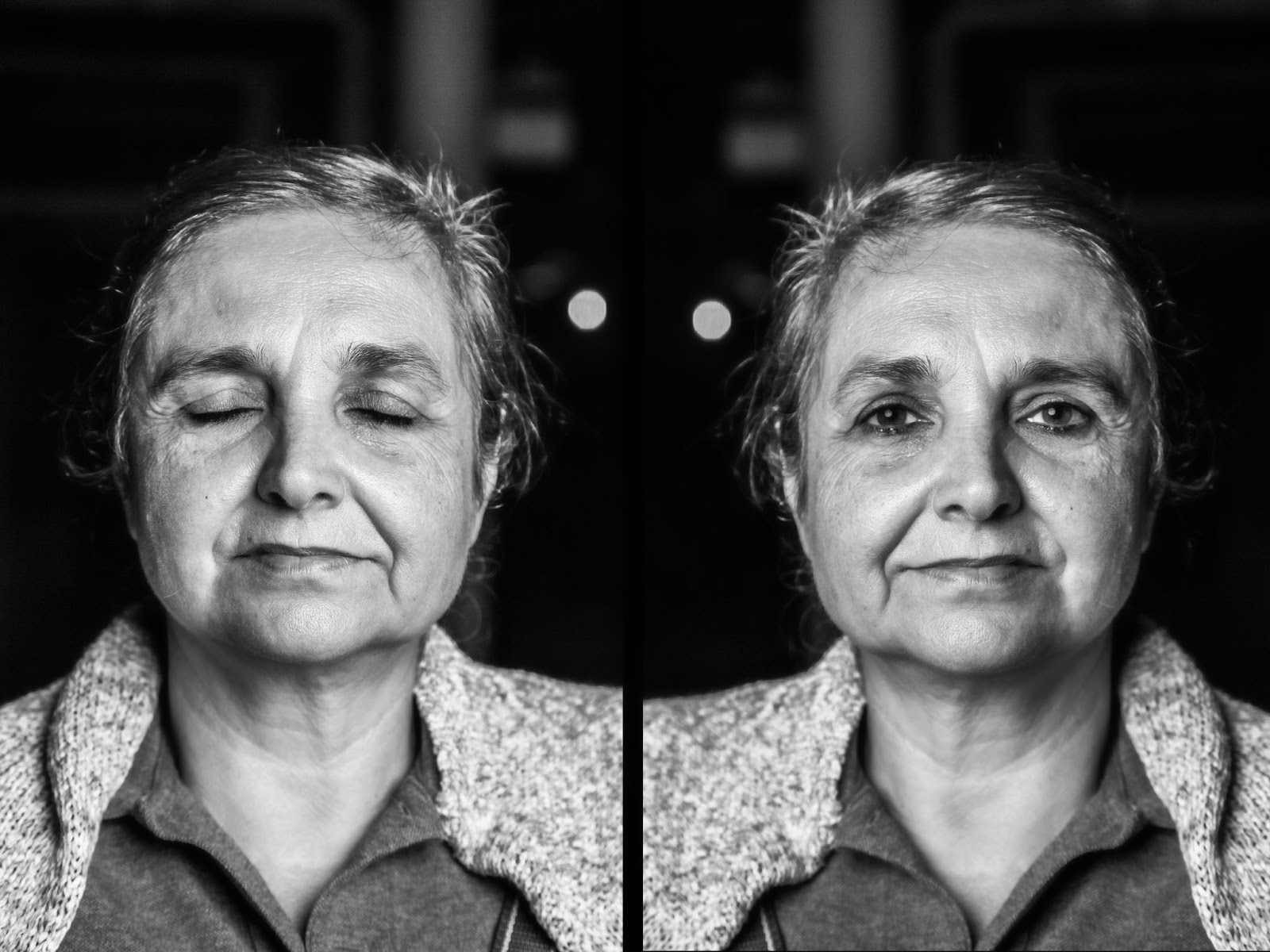
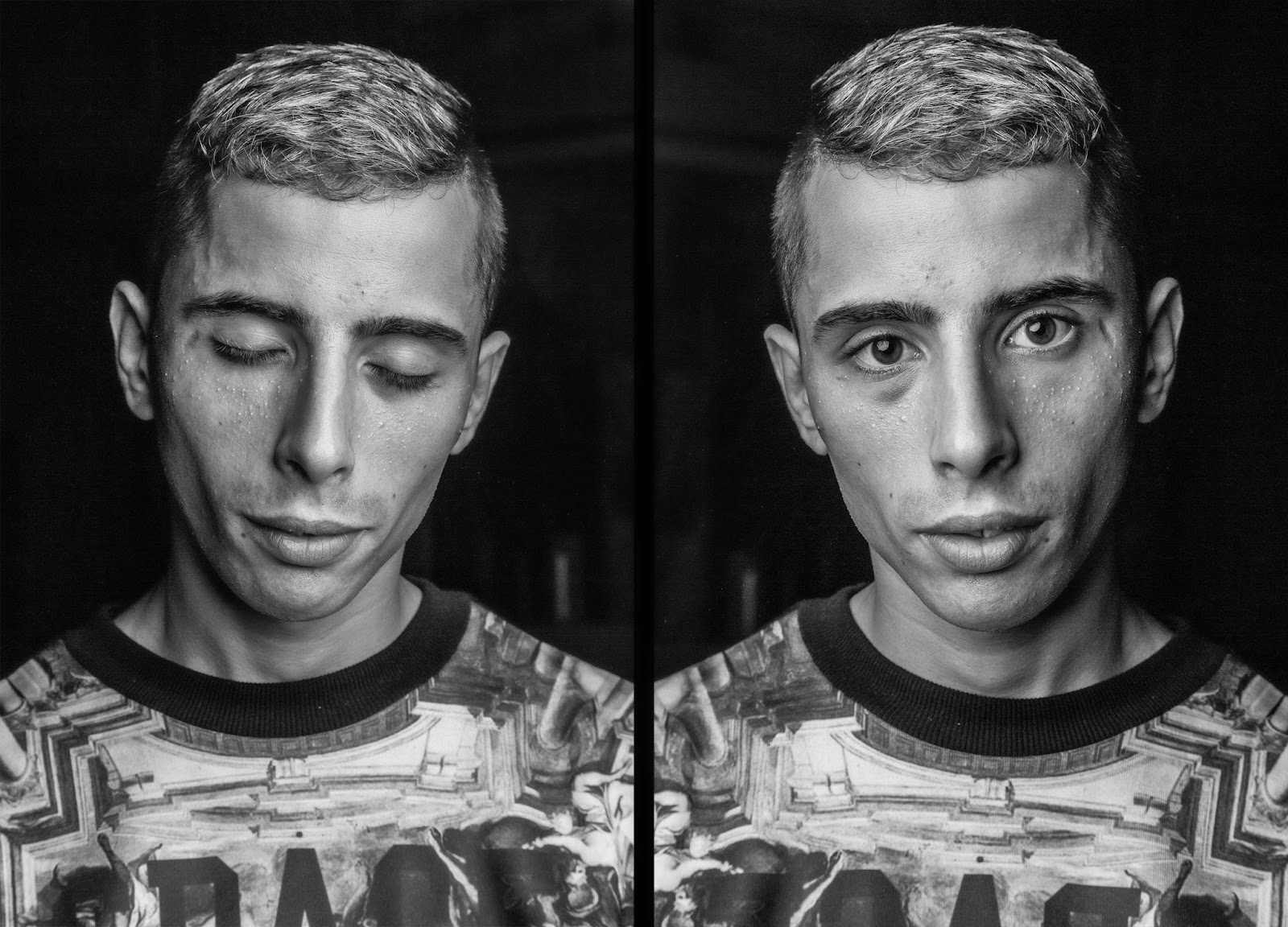
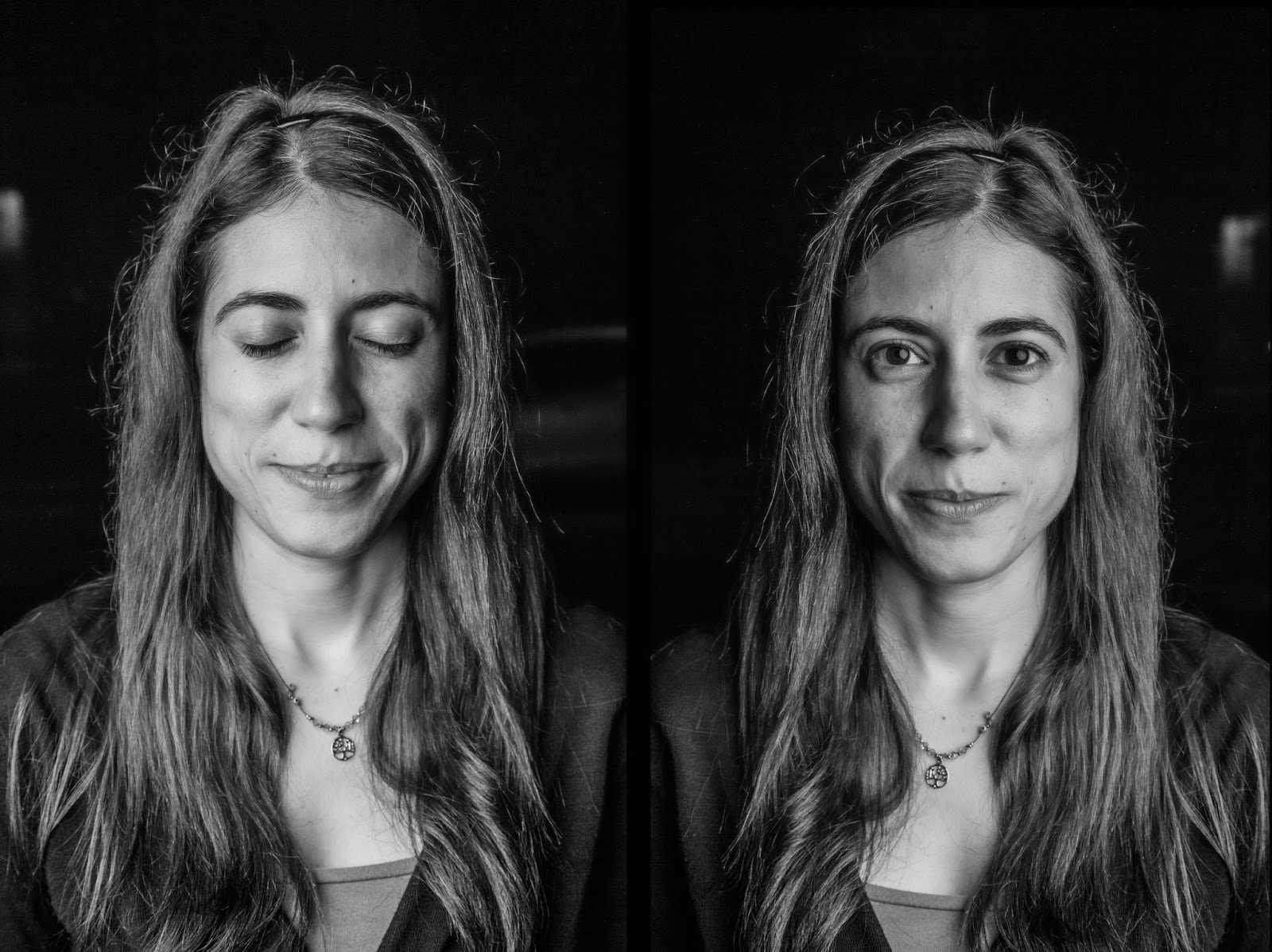
And what will you be working on next? Can you disclose something about your future projects?
I prefer to speak about things that are finished than things that are still in the pipeline.
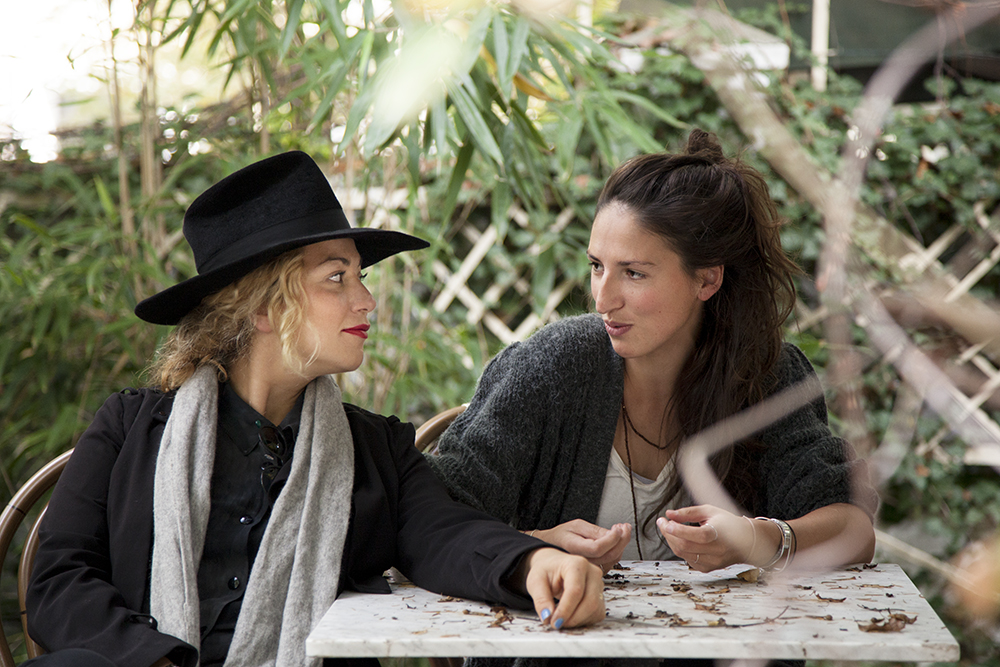
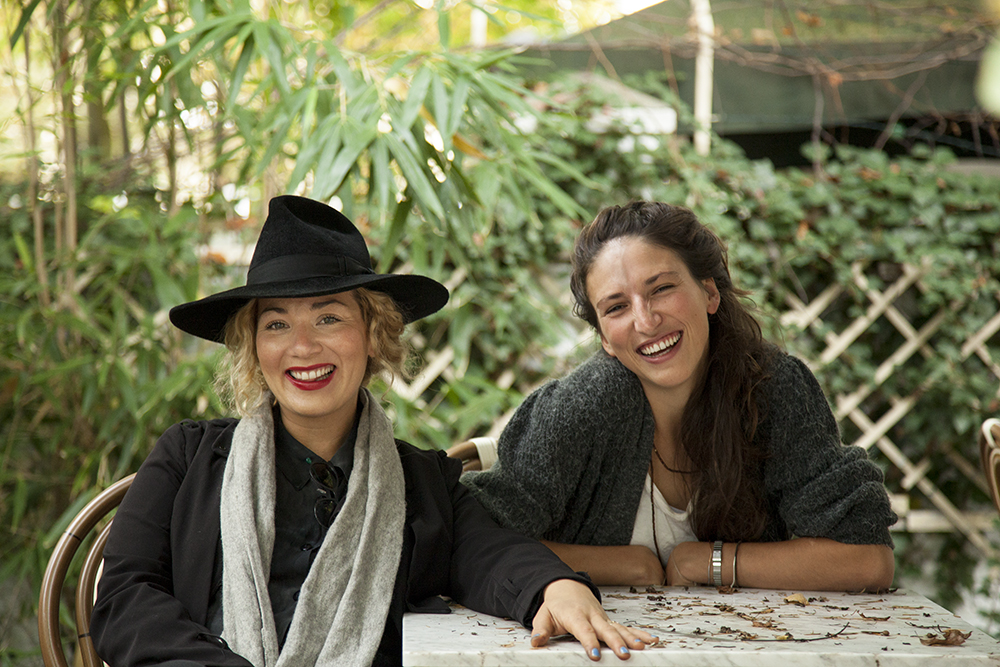
Credits
Text: Lena Elbert
Photos: baderelbert.de
Source for the photographic works:
blog.esrarotthoff.com
esrarotthoff.com
